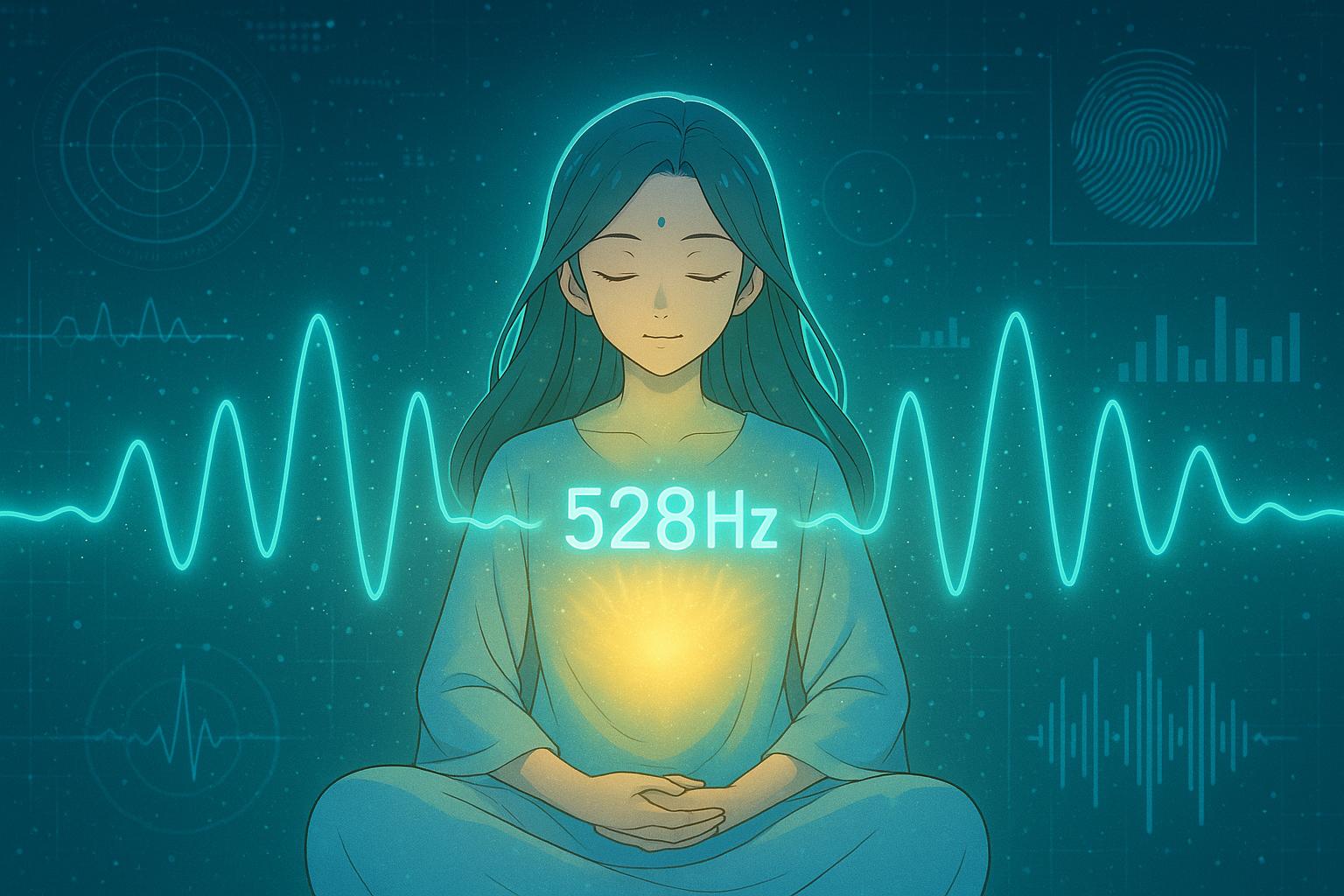In an age where immersive art is increasingly gaining traction, the Barbican Centre’s latest exhibition, Feel the Sound, invites visitors to experience the transformative power of sound in a deeply personal way. Spanning a range of installations, the exhibition challenges traditional auditory experiences by exploring how sound interacts with our bodies on a cellular level. Central to this exploration is the notion that sound waves can influence our emotional and physical well-being, a theme beautifully articulated by artist Evan Ifekoya.
Ifekoya’s installation, titled Resonant Frequencies, incorporates sound frequencies often believed to possess healing properties, including the widely discussed 528Hz, commonly referred to as the 'love frequency.' As Ifekoya puts it, this frequency is said to open up new realms of self-awareness and compassion. While the scientific evidence supporting these claims remains inconclusive, anecdotal testimonies abound, suggesting that listening to 528Hz can aid DNA repair and foster emotional balance by reducing anxiety and enhancing sleep quality. This frequency is frequently integrated into meditation practices, underscoring its potential therapeutic benefits.
The exhibition features a broad spectrum of interactive displays – from Jan St Werner's Vibraceptional Plate, which allows visitors to feel sound vibrations, to a holographic choral experience that merges technology with auditory art. These installations invite attendees to contemplate the vibrational essence of our world, pushing beyond conventional listening and engaging our entire body as an instrument of sound perception. Luke Kemp, the head of creative programming at Barbican Immersive, highlights this concept, expressing that “the world is made up of vibrations and frequencies… we can think of our whole body as a listening device.”
Among the standout contributions to the exhibition is electronic musician Max Cooper's Reflections of Being. Here, visitors can experience the physicality of sound through tactile benches designed to deliver vibrations without harmful decibel levels. Cooper, who holds a PhD in computational biology, envisions this project as an emotional outlet for participants, allowing them to articulate feelings that often remain unexpressed in everyday life. The connection between sound and emotional responses is a focus of ongoing research, with studies suggesting that music can sync with our physical rhythms, such as heart rates, promoting a sense of unity and emotional release.
Another intriguing installation, Your Inner Symphony, led by multidisciplinary designer Robyn Landau, seeks to make the invisible workings of our bodies visible and audible. Utilising sensors to gauge biometric data, this immersive experience translates physiological responses into visual and auditory forms, providing individuals with immediate feedback on how sound and emotional states intersect. The concept draws on established research that shows how sound frequencies interact with our brainwaves to evoke emotional responses, thereby enriching our understanding of how deeply music intertwines with our physical experience of the world.
However, despite the compelling narratives surrounding the benefits of specific frequencies, including 528Hz, scientific validation remains a complex challenge. Landau points out that while anecdotal evidence exists, rigorous clinical studies are still required to substantiate these claims. Nonetheless, the impacts of low-frequency sounds are documented, indicating that they can enhance tolerance to pain and evoke strong emotional reactions, akin to a cat's purr—a natural sound that not only promotes comfort but also triggers self-soothing mechanisms in both felines and humans alike.
As visitors traverse the immersive environments of Feel the Sound, they engage with installations that evoke a deeper awareness of their own bodies and the vibrational nature of reality. Landau hopes that participants will leave with a newfound appreciation for their corporeal experience, recognising how sound intricately shapes the visceral feelings of being emotionally moved. In a world largely dominated by visual stimuli, this exhibition serves as a timely reminder of the profound, yet often overlooked, effects of sound on our physical and emotional well-being.
There’s much more to discover regarding the interplay between sound and the human condition. The Feel the Sound exhibition, running until May 2025, promises to deepen our understanding of this relationship, revealing that sound, in all its forms, has the potential to transform lives in ways we are only beginning to comprehend.
Reference Map
- Paragraphs 1, 2, 3, 4, 5, 6, 7, 8.
- Paragraph 2, 5.
- Paragraph 2.
- Paragraphs 1, 4.
- Paragraphs 3, 6, 7.
- Paragraphs 3, 6, 7.
- Paragraph 3, 6.
Source: Noah Wire Services
